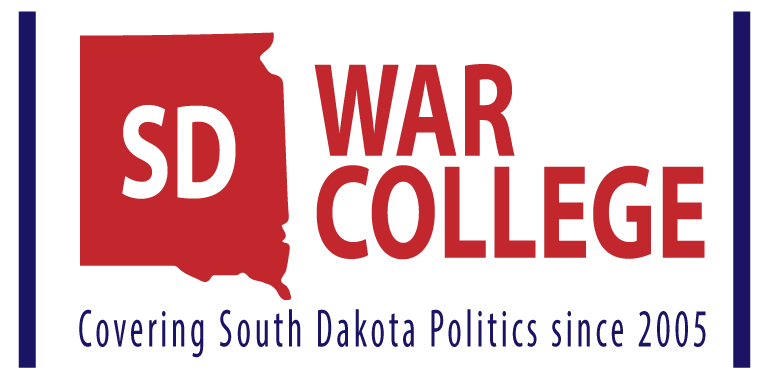The ever more contentious District 3 House primary.
Not sure what’s going on up in District 3 in Aberdeen, but it seems that the Republican House race is getting downright contentious. Republicans Dan Kaiser and Drew Dennert have effectively teamed up in running for the two house seats, leaving candidate Todd Kolden as the odd man out.
There are advantages and disadvantages to running as a team in an election, and as State Representative John Sears (who passed away in 2013) related back to me way back when.. his District mate Republican Representative Alyce McKay had approached him wanting to run at team as well. Alyce was quite… well, let’s just call a spade a spade; she was flat out a very liberal Republican.
She had approached the more conservative Sears, wanting to run as a team. And as Sears noted, he refused, and bluntly said “Alyce, I don’t want to shovel your dog s***.” In other words, he was concerned with his own race without having to carry her extensive baggage as well. Sears went on to win, and Alyce? Not so much.
Returning from memory lane, and getting back to District 3, the point is as above that there are disadvantages to running as a team that odd man out Kolden could be using to turn the race in his favor. But instead, he chose at one point to jump into Facebook and vent his frustrations:

Kolden went on from there, but basically he was taking issue with Kaiser because he’s a police officer, and there’s an inference he would abuse his authority.
Now, Kolden, did take try to walk it back…

..but as one of my Aberdeen correspondents noted “Just because they are deleted doesn’t make them go away.”
Aside from the fact is might not be a prudent move to be overly critical of the person you hope to be running alongside two months hence, it gives the impression that things aren’t going well in the campaign.
It’s not as if there’s a policy difference of Kaiser’s that Kolden is coming out against as if he were directly challenging one or both of his opponents. It’s one thing to say “My opponent believes X and I believe Y, and that’s why I’m the better choice.” It’s entirely another to be kvetching on facebook that the other guys are buddies, as if anyone cares if they’re leaving you out of their reindeer games.
Is there any hope for Kolden at this point? Well, there’s always hope. If he wanted to turn it around, my advice to Kolden would be to spend every waking moment going door to door, and then swamp every likely voter with messaging the last 2 weeks of the campaign.
And stay off of facebook. Period. Using it isn’t helping.

 Rounds Delivers Tribute to Terry Redlin on Senate Floor
Rounds Delivers Tribute to Terry Redlin on Senate Floor
 Thune Bill Would Create Independent Oversight Position for Veterans Choice Act
Thune Bill Would Create Independent Oversight Position for Veterans Choice Act Rounds Statement on Meeting with Judge Garland
Rounds Statement on Meeting with Judge Garland There’s so much that was said that was just utterly off the wall, I’m not sure where to start. But, I’ll give it an attempt.
There’s so much that was said that was just utterly off the wall, I’m not sure where to start. But, I’ll give it an attempt. He went on to advocate a program of “government subsidies so everyone could put photo-voltaic cells on their roofs.” Yes. He wants to create a brand new Obama-roof program. WOW. Of course, he also advocated “eliminating coal” from the production of electricity in this country entirely citing “wind, solar and ocean tides.” Because South Daktota’s energy needs will be served well by ocean tides? Again, wow.
He went on to advocate a program of “government subsidies so everyone could put photo-voltaic cells on their roofs.” Yes. He wants to create a brand new Obama-roof program. WOW. Of course, he also advocated “eliminating coal” from the production of electricity in this country entirely citing “wind, solar and ocean tides.” Because South Daktota’s energy needs will be served well by ocean tides? Again, wow.
 When I saw it, I had to have one. It depicts many well known Socialists, most of whom didn’t run for president of the United States.
When I saw it, I had to have one. It depicts many well known Socialists, most of whom didn’t run for president of the United States. Svarstad alleges “weekend passes and cover-ups” on the part of State Representative Mike Stevens…. but skips over the part where Mike Stevens isn’t a prosecutor. He isn’t some sort of jail administrator. He would have had practically nothing to do with any “Weekend passes.”
Svarstad alleges “weekend passes and cover-ups” on the part of State Representative Mike Stevens…. but skips over the part where Mike Stevens isn’t a prosecutor. He isn’t some sort of jail administrator. He would have had practically nothing to do with any “Weekend passes.”